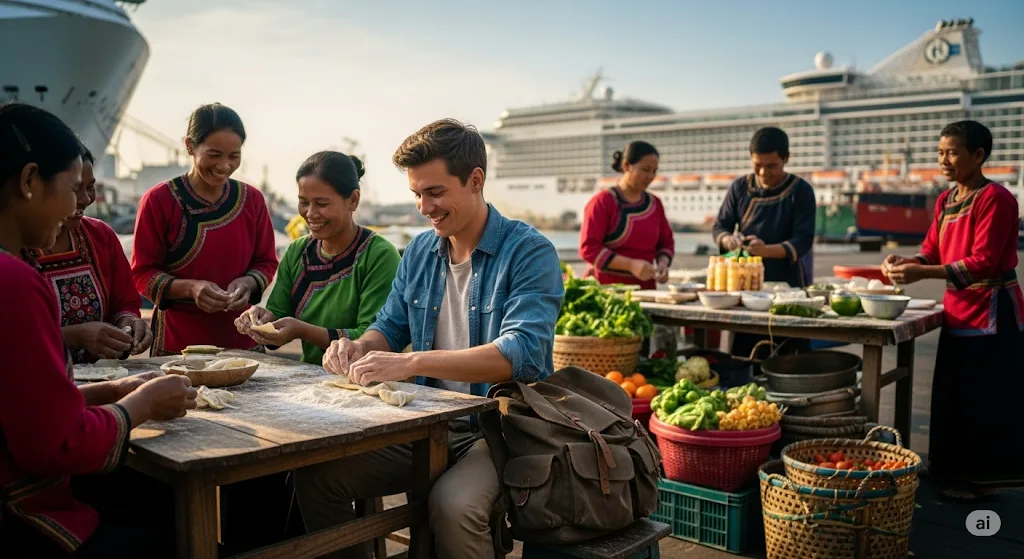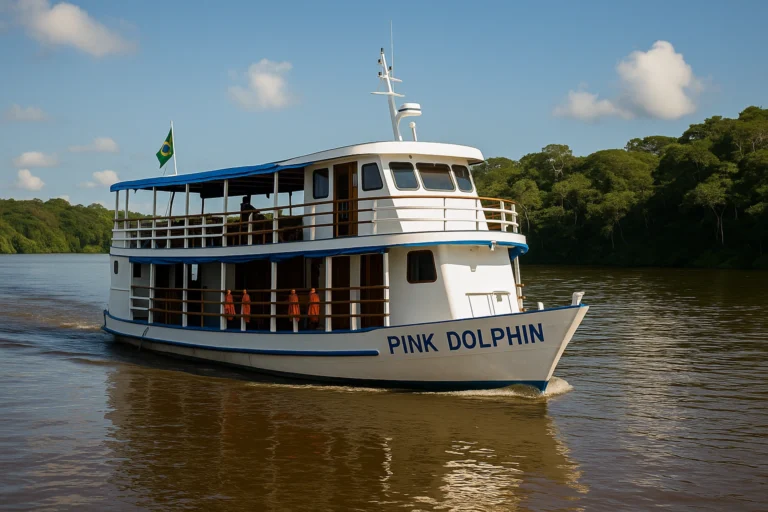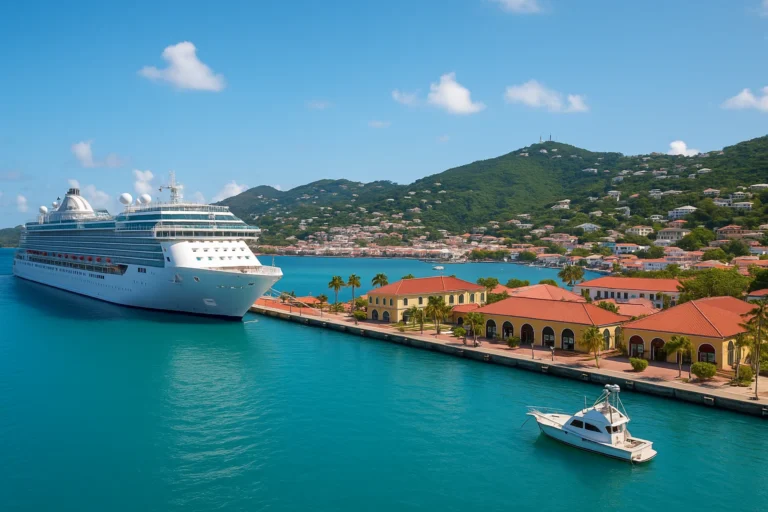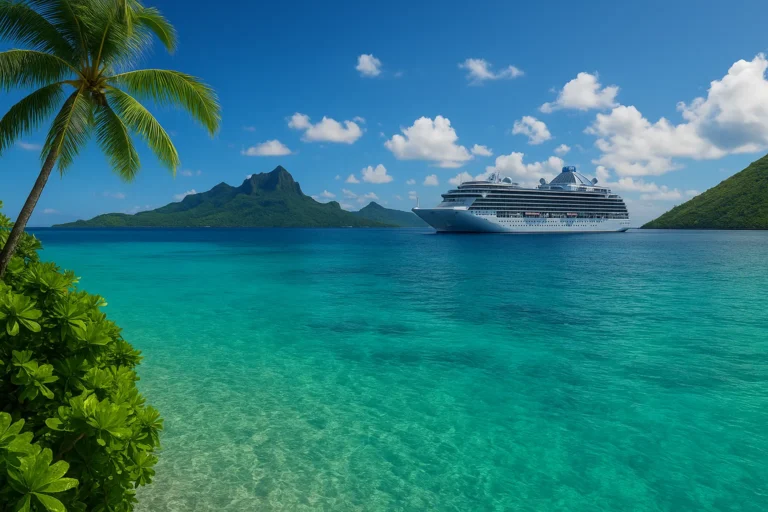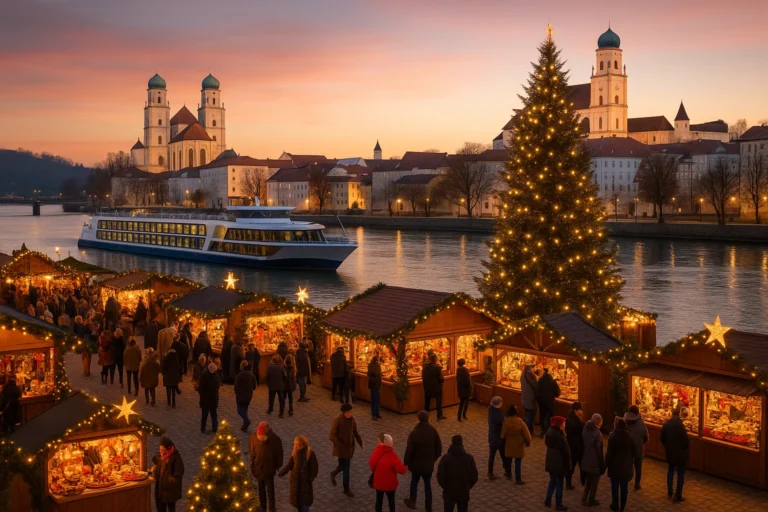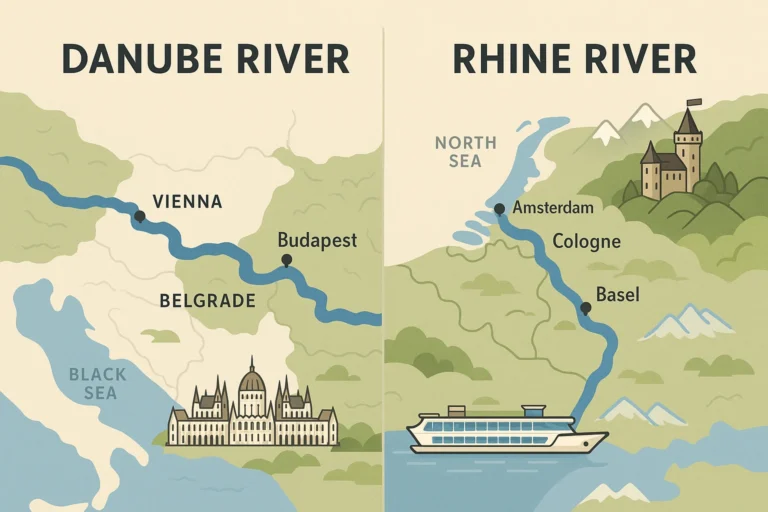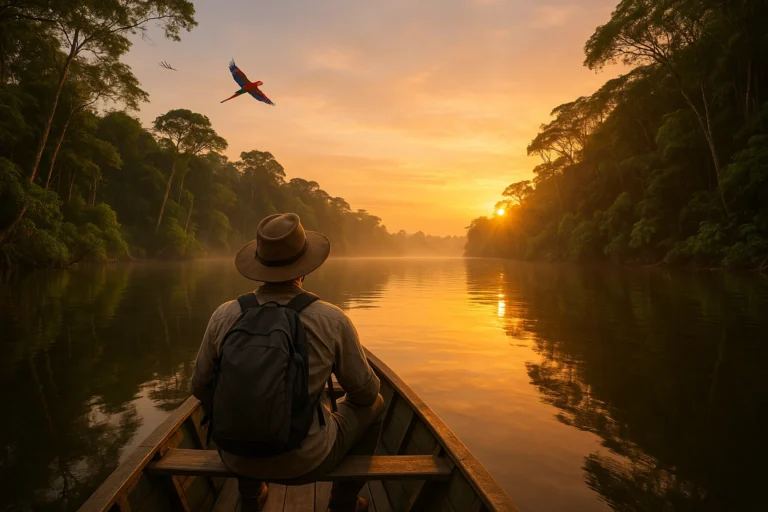Cultural Immersion on an Asia Cruise: How to Connect with Local Traditions
Cultural Immersion on an Asia Cruise: How to Connect with Local Traditions, Cruising through Asia offers a breathtaking view of diverse landscapes, from futuristic skylines to ancient temples. But to truly experience this vibrant continent, you must go beyond the postcard views. Cultural immersion on a cruise means intentionally seeking out genuine connections with local people and their traditions. It’s about tasting authentic street food, learning a local craft, or sharing a moment with someone from a different culture. This guide will show you how to turn your cruise into a meaningful journey, helping you to connect with the heart and soul of Asia.
Capitolul I: The Mindset of the Immersive Traveler
Cultural immersion is more than a checklist of sights; it’s a state of mind. It requires you to step out of your comfort zone and into the world of the locals. The mindset of an immersive traveler is one of curiosity, respect, and humility. You are not just a visitor; you are a temporary guest in someone else’s home, and that comes with a set of responsibilities.
The Meaning and Examples of Cultural Immersion
To immerse yourself is to go beyond sightseeing and actively engage with the local culture. This can be as simple as putting down your phone to have a conversation with a local vendor, or as involved as participating in a multi-day workshop. It’s about making a real connection with a community to enrich everyone involved. Examples of cultural immersion include using local transport, attending a cooking class, visiting a local temple, or simply observing daily life from a non-touristy café.
Capitolul II: Planning for a Deeper Experience
A culturally immersive trip requires more than just booking a cruise; it requires intentional planning. While cruise ships offer a wide range of excursions, the most authentic ones are often found independently or through small, specialized tour operators.
How to Plan a Culturally Immersive Travel Experience
Start your planning by researching the ports of call. Look for unique, local-run tours rather than large group excursions. Websites like Airbnb Experiences, local tourism boards, and specialized travel blogs can provide great insights. Focus on activities that involve learning and participation. Ask yourself: “What can I do, not just see?” Search for a cooking class where you visit a local market first, a traditional dance workshop, or a guided walk through a less-traveled neighborhood.
When you book, read reviews from other travelers to ensure the experience is genuinely authentic. Sometimes, the most rewarding experiences are simple: a one-on-one guide who is passionate about their culture can provide more insight than any textbook.
Choosing Your Immersion: From Food to Philosophy
The best way to immerse yourself depends on your personality. Some people find genuine connection through food, while others prefer to explore the arts or history.
For food lovers, immersion means visiting street food stalls, learning to cook a local dish, or simply having a coffee at a non-touristy café. For those interested in history and traditions, it might mean attending a tea ceremony in Japan, visiting a family-run pottery studio, or observing a religious ceremony at a local temple. Ultimately, the best way is the one that feels most natural to you and allows you to engage with the culture on a deeper, more personal level.
Capitolul III: Immersive Experiences by Country: Case Studies
To help you visualize what an immersive cruise excursion looks like, here are a few examples from popular Asian ports of call, demonstrating how you can connect with local traditions.
Vietnam: A Culinary Deep Dive
Instead of a standard city tour in Ho Chi Minh City, sign up for a Vietnamese cooking class. The experience begins with a trip to a bustling local market to select fresh ingredients. You then learn to prepare a traditional dish like Pho or Banh Mi under the guidance of a local chef. This not only teaches you a new skill but also gives you a hands-on connection to the country’s famous culinary tradition.
📂 Explore More in These Categories
Asia Cruises 2025: Best Itineraries, Ports & Deals
Best Cruise Destinations in 2025: Caribbean, Europe & Bucket List Ports
Japan: The Art of Tradition
In a port like Osaka or Tokyo, you can escape the urban chaos by participating in a traditional Japanese tea ceremony. A local master will guide you through the intricate rituals and history of this ancient art form. This quiet, mindful experience offers a profound insight into Japanese culture and its deep appreciation for ceremony and respect.
Thailand & Bali: Art, Rituals, and Dance
In Bangkok, instead of a bus tour, seek out a local village excursion to witness traditional life. In Bali, Indonesia, a popular port for cruises, consider taking a Balinese dance class or visiting a family-run workshop to see how traditional wood carvings or textiles are made. These activities offer a more personal and intimate look into the vibrant arts of these countries. In Bali, many travelers also seek out purification rituals at sacred temples like Tirta Empul, which offer a glimpse into the spiritual heart of the island.
India & China: Historical and Philosophical Immersion
While a cruise may not be able to cover the vastness of India or China, port stops can offer deeply immersive experiences. In India, a walk through a local bazaar can reveal a world of spices, fabrics, and sounds. In China, consider a calligraphy or Tai Chi class. These activities are more than just hobbies; they are deeply rooted in the philosophy and history of the respective countries, offering a direct link to their cultural soul. This type of travel helps to preserve local traditions and heritage by celebrating and financially supporting them.
Capitolul IV: The Ethical Traveler: Supporting Local Communities
Cultural immersion is not just about what you gain from the experience; it’s also about what you give back. Ethical tourism ensures that your travel has a positive impact on the communities you visit. It’s a key aspect of being a responsible traveler.
Practices for a Positive Impact
When you’re in port, make a conscious effort to support local businesses. Eat at family-run restaurants instead of international chains. Buy souvenirs directly from artisans and local markets, not from large, generic tourist shops. By doing this, you’re not just getting an authentic product; you’re also ensuring that your money goes directly to the community.
Be mindful of cultural etiquette. Dress appropriately, especially when visiting temples or religious sites, covering your shoulders and knees. Ask for permission before taking photos of people. Avoid disrespectful gestures, such as touching someone’s head in Buddhist cultures or pointing with your feet. These small acts of respect show that you value the people and their culture, and they open the door for more genuine interactions.
Frequently Asked Questions
Your Top Questions Answered
💬 Embark on a Deeper Journey
A cruise through Asia can be much more than a collection of beautiful photos. By seeking out genuine cultural immersion, you transform your vacation into a truly enriching and unforgettable experience. It’s an opportunity to connect with people, understand different ways of life, and return home with not just souvenirs, but with stories and a new perspective. Are you ready to dive deeper into your next adventure?


